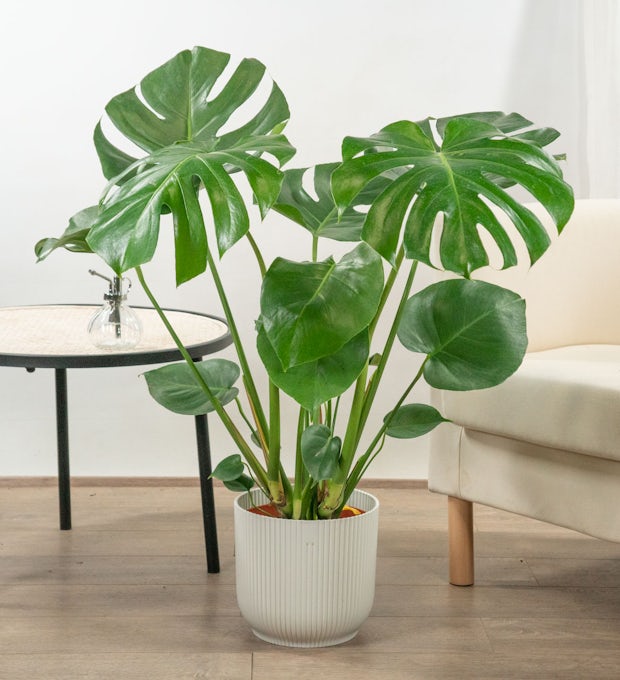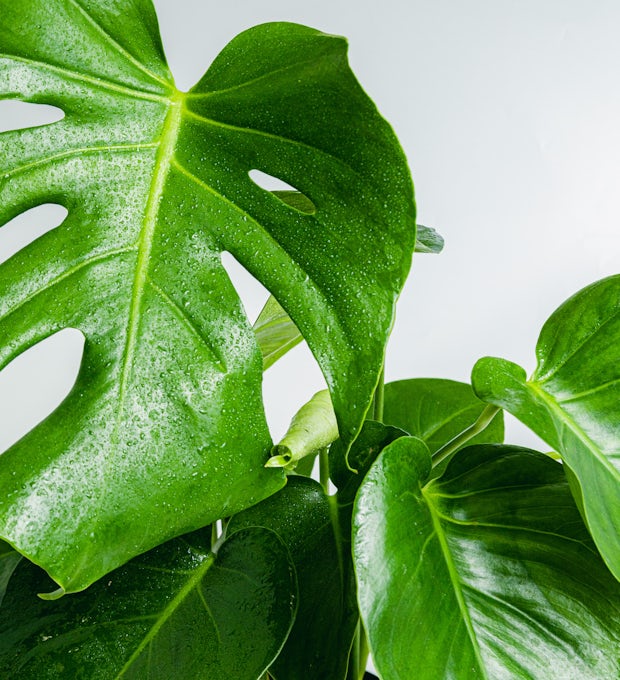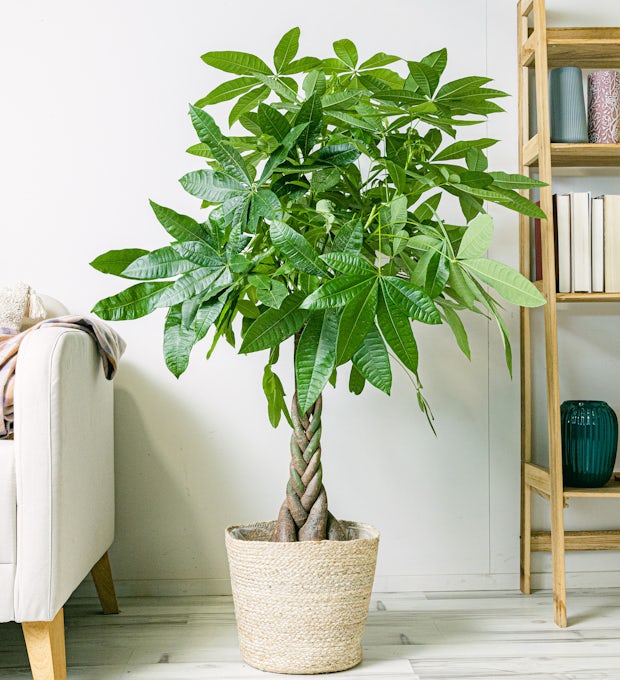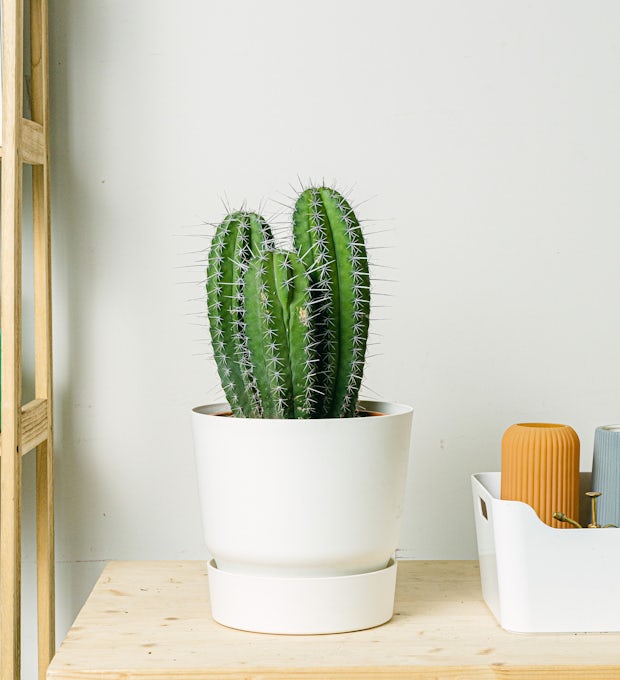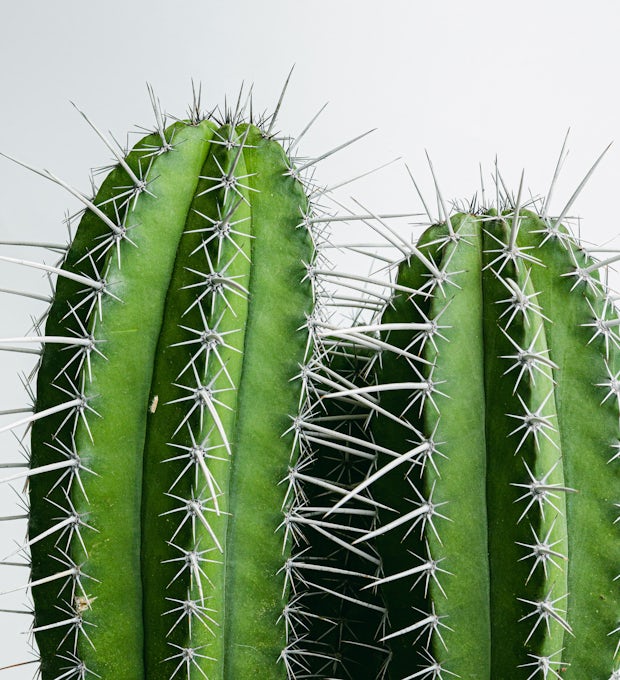As a proud owner of multiple Ponytail Palms, I know the importance of repotting in keeping them healthy and thriving.
Repotting not only prevents root rot but also provides fresh soil and nutrients for their growth.
In this article, I'll guide you through the process of reviving your Ponytail Palms through repotting.
We'll discuss signs that indicate the need for repotting, step-by-step instructions, and aftercare tips.
Get ready to give your plants the love and care they deserve as we embark on this journey of revitalizing your precious Ponytail Palms.
Choosing the Right Pot
One key aspect when repotting Ponytail Palms is selecting the appropriate pot size. Pot size considerations are crucial for the health and growth of the plant.
Ponytail Palms need a pot large enough to hold their bulbous base, as the bulb stores water and expands as the plant grows. It's best to choose a pot that allows room for the bulb to grow while providing excellent drainage.
When repotting, I recommend using an organic succulent and cactus mix as the potting material. This type of mix helps maintain the plant's preferred dry conditions and ensures proper drainage.
Additionally, it's important to avoid sinking the bulbous base lower than its existing soil line and leaving the root ball up about an inch higher than desired.
We ship plants to all locations, you can see more options here.
Ideal soil mix for Repotting
For repotting Ponytail Palms, I prefer using an organic succulent and cactus mix as the ideal soil mix. This type of mix provides the perfect growing conditions for these plants, as it ensures excellent drainage and helps them stay on the dry side, which is crucial for their health.
When repotting, it's important to choose a pot that's large enough to hold the bulbous base of the Ponytail Palm. The bulb stores water, so as the plant grows, so does the bulb.
Repotting offers several benefits, including preventing root rot, providing fresh soil and nutrients, and promoting healthy growth and development. It also prevents the plant from becoming root bound, ensuring its long-term health.
Proper Planting Technique
When planting Ponytail Palms, I ensure that the bulbous base is positioned at the appropriate level in the soil. Proper planting technique is essential for the health and growth of these unique plants. Here are three important factors to consider:
Avoid sinking the bulbous base lower than its existing soil line. This can lead to water accumulation and root rot.
Leave the root ball up about an inch higher than desired. This allows for proper drainage and prevents the bulb from sitting in excess moisture.
Top dress the plant after repotting and let it settle before adding decorative elements. This ensures that the plant receives the necessary nutrients and allows it to acclimate to its new environment.
Watering and Sunlight Requirements
To ensure the health and vitality of my Ponytail Palm, I make sure to meet its specific watering and sunlight requirements.
We ship plants to all locations, you can see more options here.
Proper watering is crucial for the well-being of Ponytail Palms. These plants have a bulbous base that stores water, so it's important to water them thoroughly every 3-4 weeks, ensuring proper drainage. Overwatering should be avoided, as the bulbous base stores a lot of water and can lead to root rot.
Understanding the sunlight requirements is also essential for healthy growth. Ponytail Palms love a lot of sun, so they should be placed in a spot that receives plenty of sunlight.
Signs It's Time to Repot
How can I determine if it's time to repot my Ponytail Palm?
The plant is root-bound: If you notice the roots poking out of the drainage holes or circling around the pot, it's a clear sign that the ponytail palm has outgrown its current container. Repotting will provide it with more space to spread its roots and grow.
Stunted growth or lack of new growth: If your Ponytail Palm has been in the same pot for a long time and you're not seeing any new leaves or the growth seems stunted, it may be a sign that the plant needs fresh soil and nutrients. Repotting will give it a fresh start and promote healthy growth.
Poor drainage or soil compactness: If the soil in the pot isn't draining properly or has become compacted over time, it can lead to waterlogged roots and root rot. Repotting will allow you to improve the drainage and provide the plant with fresh, well-draining soil.
Step-by-Step Repotting Process
First, I gather all the necessary materials and prepare the new pot for repotting my Ponytail Palm. I make sure to choose a pot that is large enough to accommodate the bulbous base of the plant, allowing room for future growth. Proper drainage is essential, so I select a pot with drainage holes at the bottom. I then fill the new pot with an organic succulent and cactus mix, which provides the right balance of nutrients and moisture retention. When it comes to the repotting process, I carefully remove the plant from its old pot, being mindful not to damage the roots. I place the plant into the new pot, making sure to position the bulbous base at the same soil level as before. After filling in the gaps with soil, I gently press it down to secure the plant. Finally, I water the plant thoroughly and allow it to settle before adding any decorative elements. By following this proper planting technique, I ensure that my Ponytail Palm has the best chance of thriving in its new pot.
| Step | Repotting Process |
|---|---|
| 1. | Choose the right pot, large enough to accommodate the bulbous base of the plant. Ensure it has drainage holes. |
| 2. | Fill the new pot with an organic succulent and cactus mix, providing the right balance of nutrients and moisture retention. |
| 3. | Carefully remove the plant from its old pot, being mindful not to damage the roots. |
| 4. | Place the plant into the new pot, positioning the bulbous base at the same soil level as before. |
| 5. | Fill in the gaps with soil, gently pressing it down to secure the plant. |
| 6. | Water the plant thoroughly and allow it to settle before adding any decorative elements. |
Aftercare Tips for Repotted Palms
After repotting my Ponytail Palm, I focus on providing proper aftercare to ensure its continued health and growth. Here are three important aftercare tips to keep in mind:
Repotting frequency: Ponytail Palms should be repotted every 2-3 years to prevent root bound growth. This allows the plant to have enough space for its bulbous base to expand and store water.
Importance of drainage: Ponytail Palms require excellent drainage to prevent root rot. Choose a pot with drainage holes and use a well-draining succulent and cactus mix. avoid overwatering to prevent waterlogged soil.
Monitor water and sunlight: Water your repotted Ponytail Palm thoroughly every 3-4 weeks, making sure to allow excess water to drain away. Provide plenty of sunlight, as these plants thrive in bright light conditions.
Common Concerns About Repotting
When repotting Ponytail Palms, I often encounter common concerns about the process.
One of the concerns is monitoring pup growth. Pups are small offshoots that develop around the base of the mother plant. It's important to leave the pup for at least a year or two to develop roots before separating it from the mother plant.
Another concern is outdoor planting considerations. If temperatures in your area don't drop below 20-25 degrees F, Ponytail Palms can be planted outside. However, it's crucial to ensure that the soil has excellent drainage or consider planting in a raised bed.
It's also important to monitor the plant's growth and provide proper care to ensure its health and longevity.
Conclusion
In conclusion, repotting your Ponytail Palms is a crucial step in their care routine. By choosing the right pot, using the ideal soil mix, and following proper planting techniques, you can ensure the health and growth of your plants.
Remember to water and provide adequate sunlight, and be on the lookout for signs that indicate the need for repotting. With the step-by-step repotting process and aftercare tips, you can revitalize your Ponytail Palms and watch them thrive in their new home.
Happy repotting!
